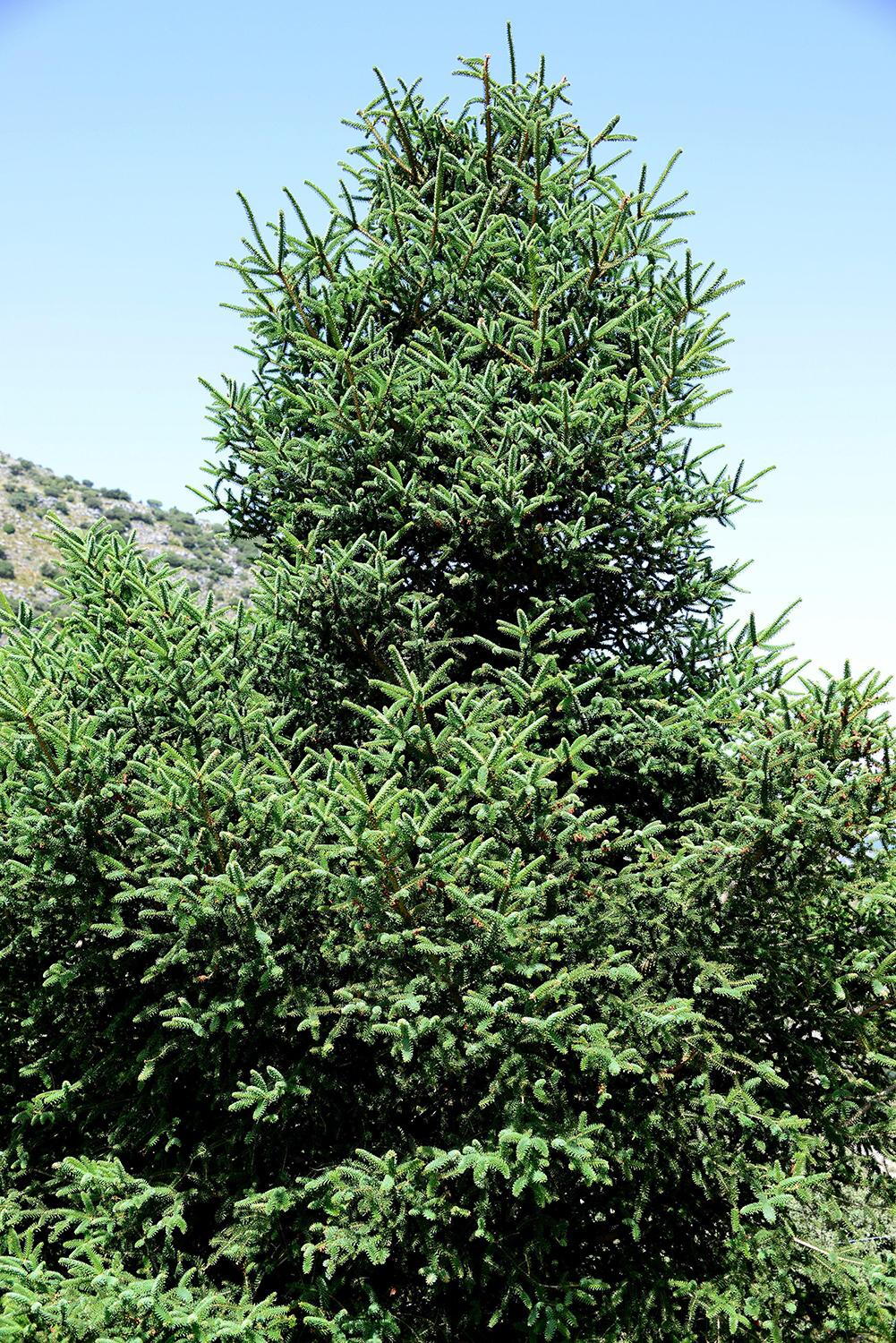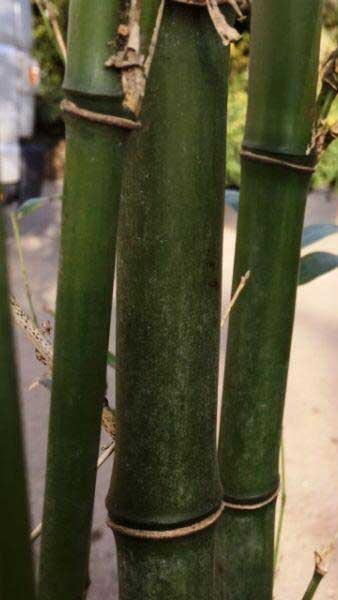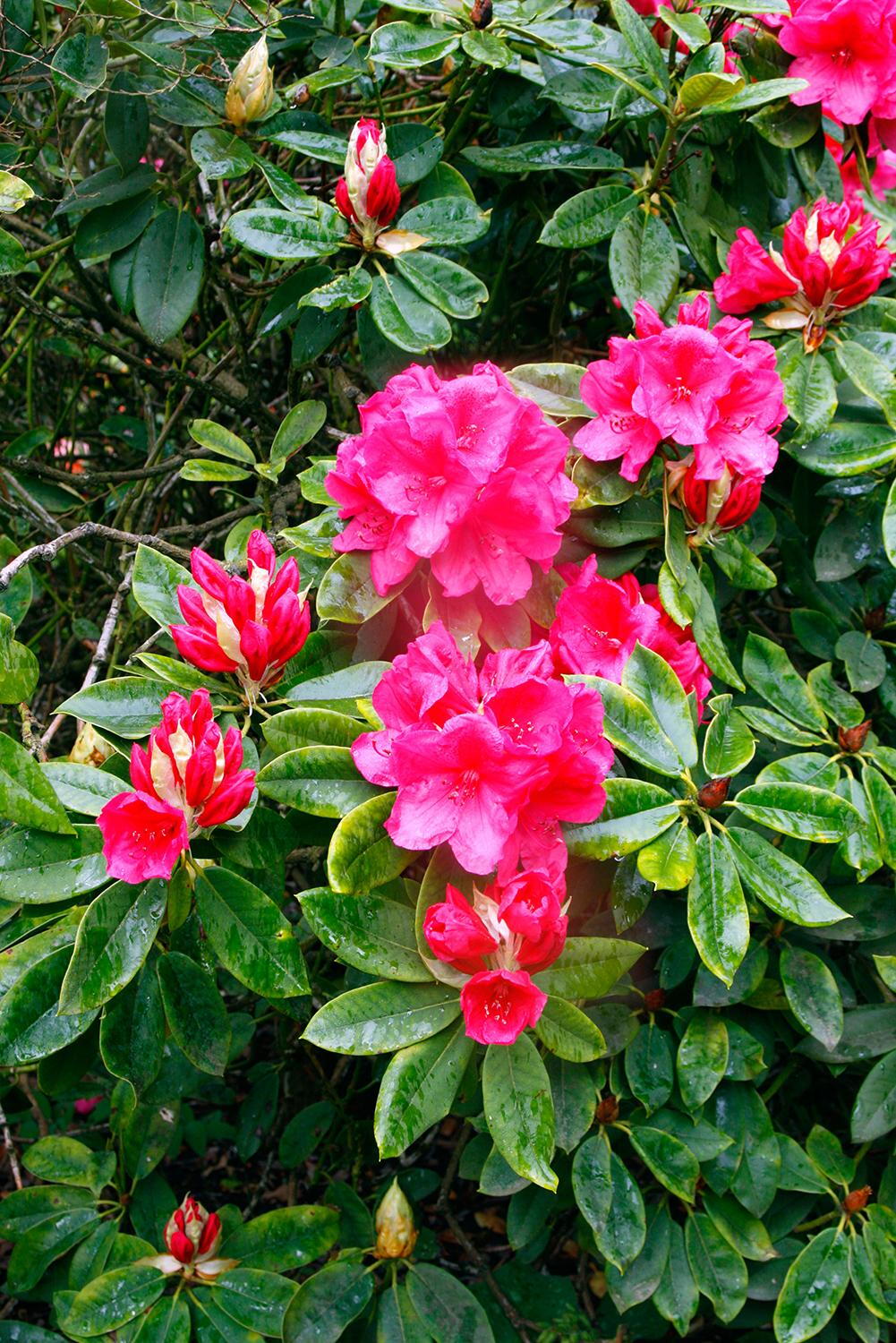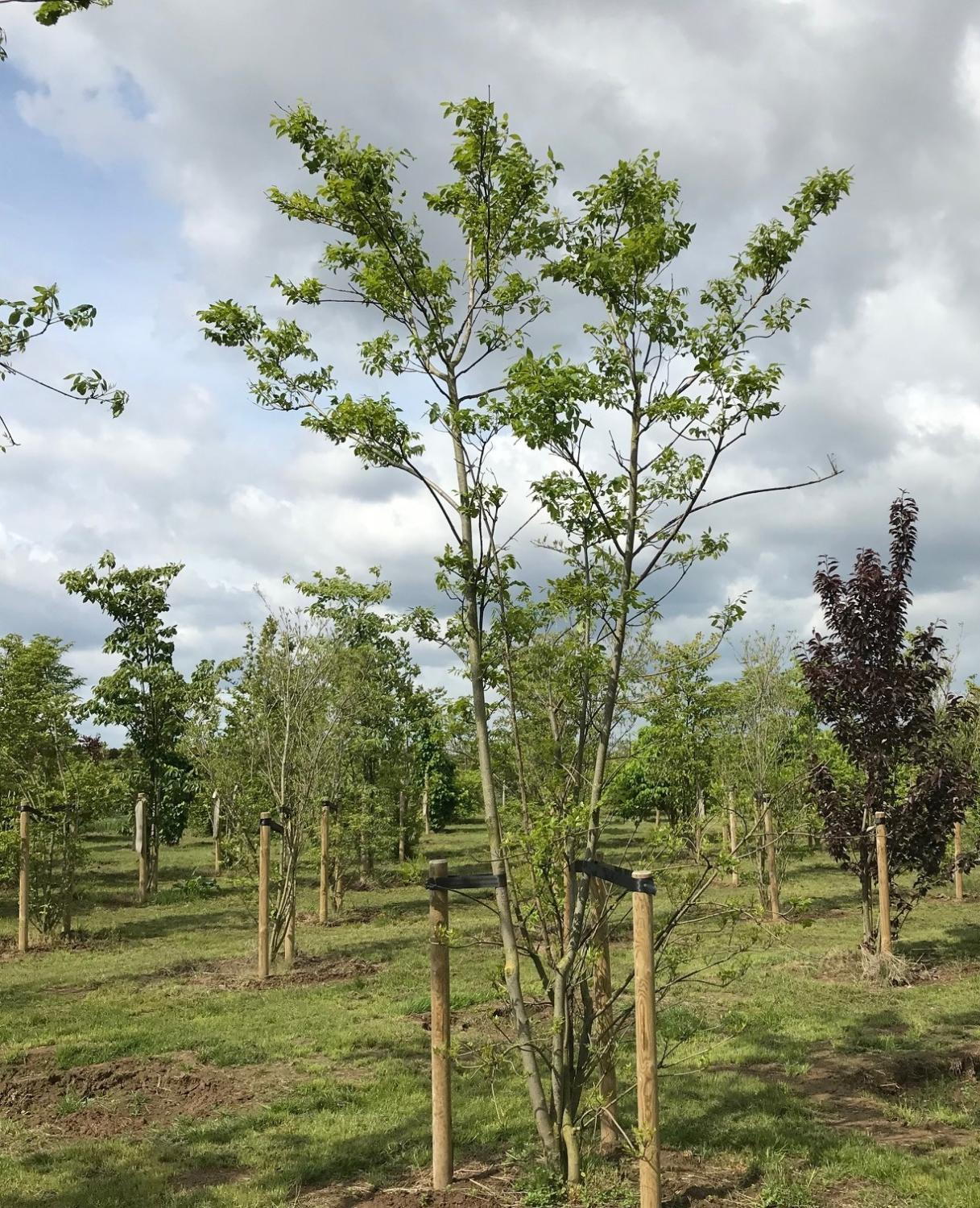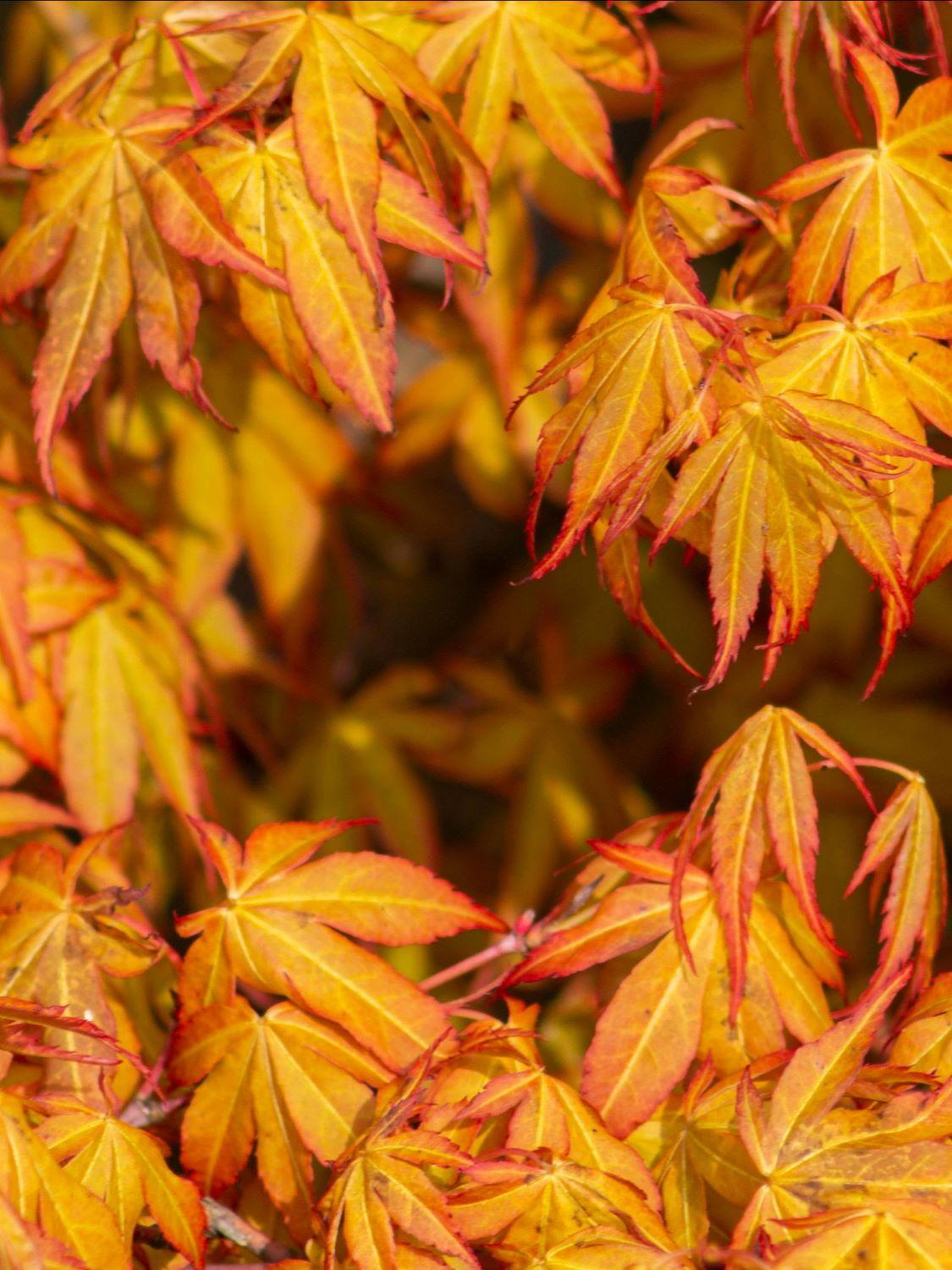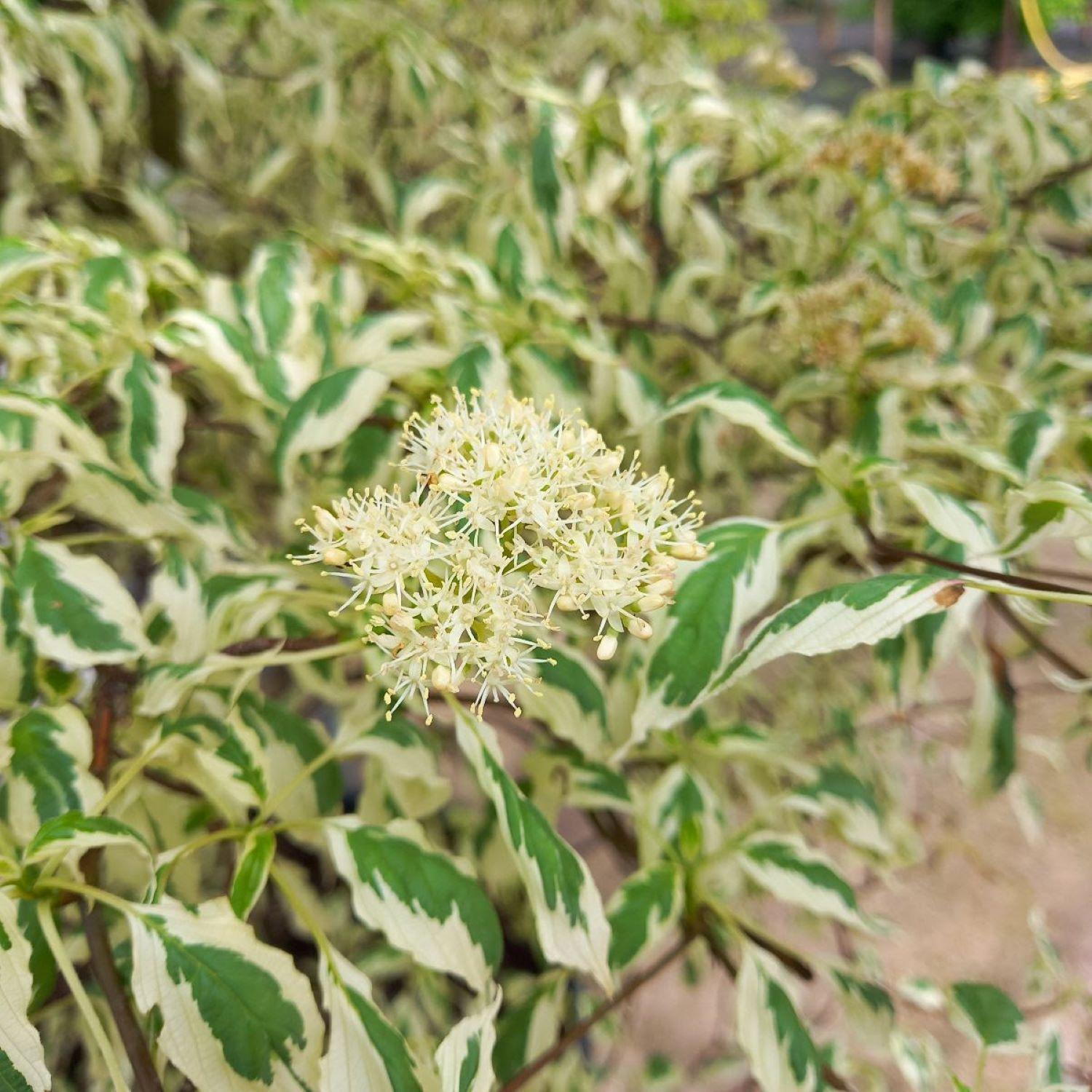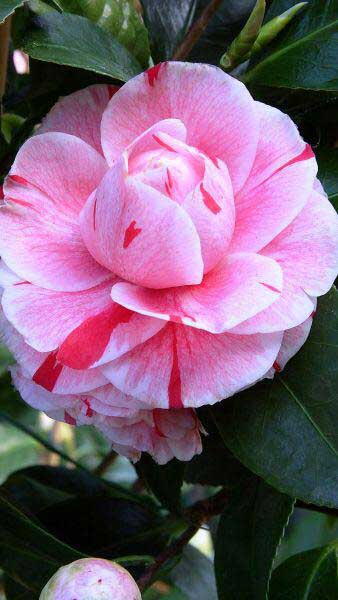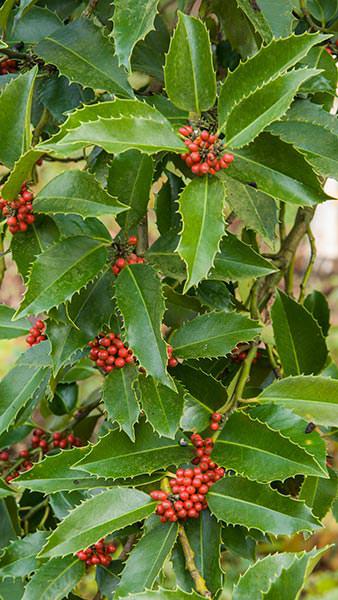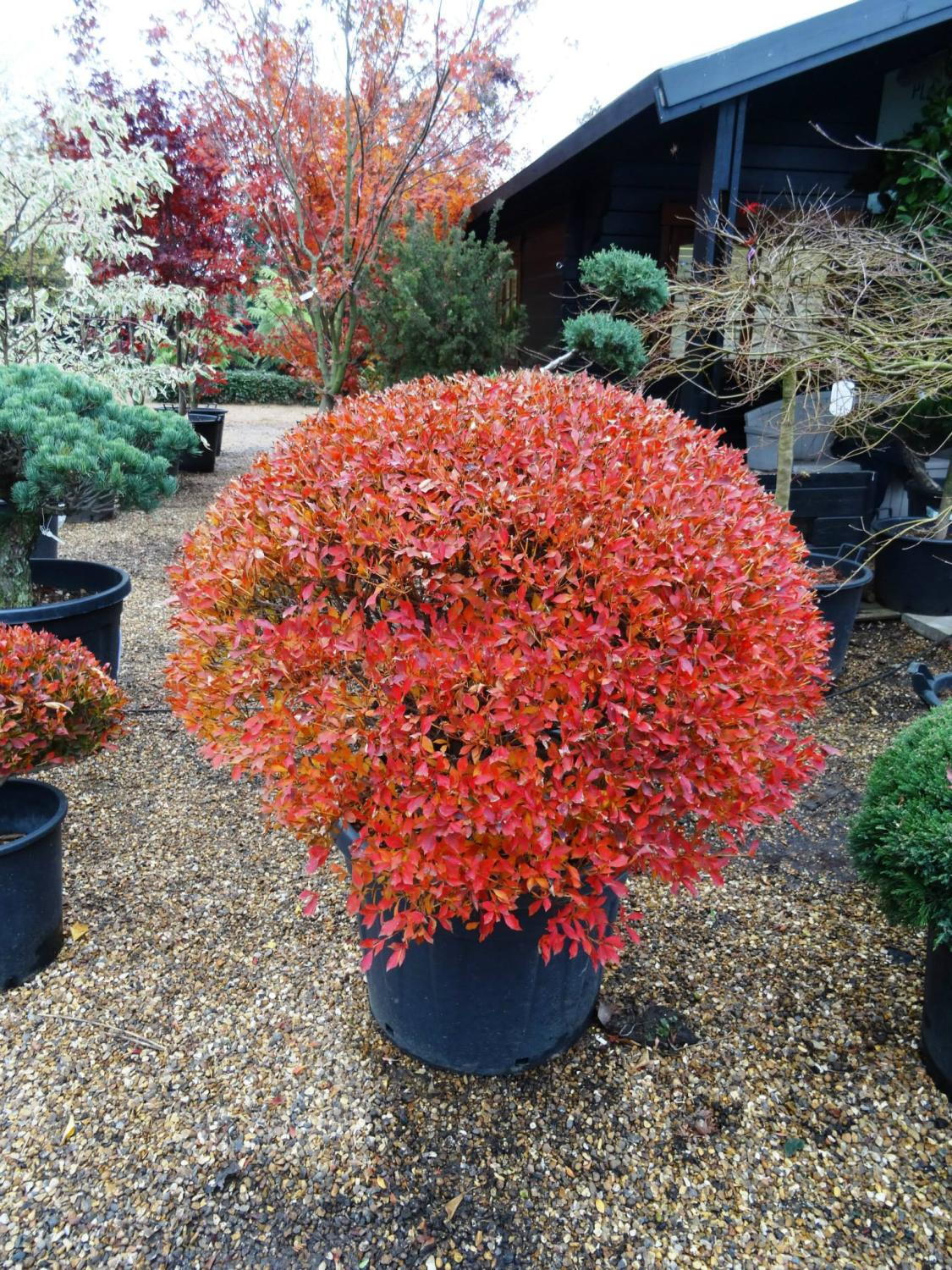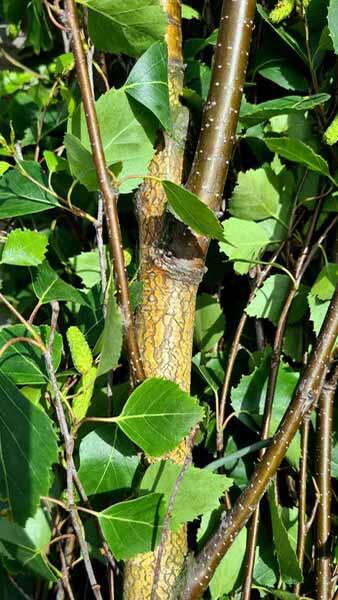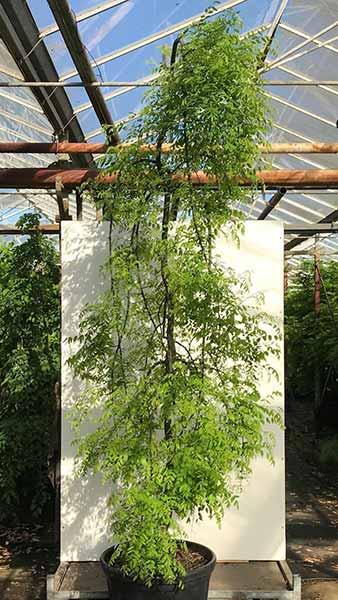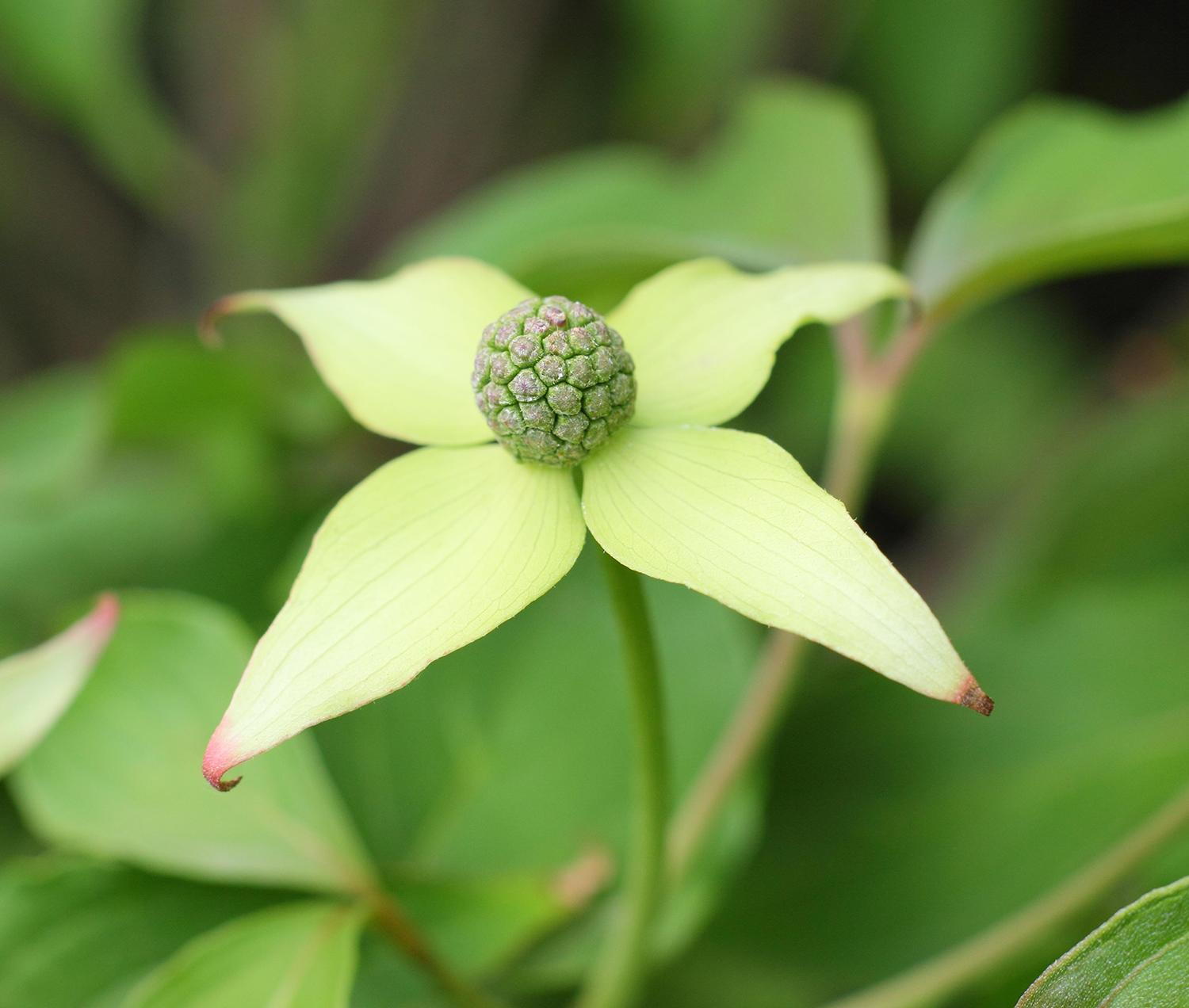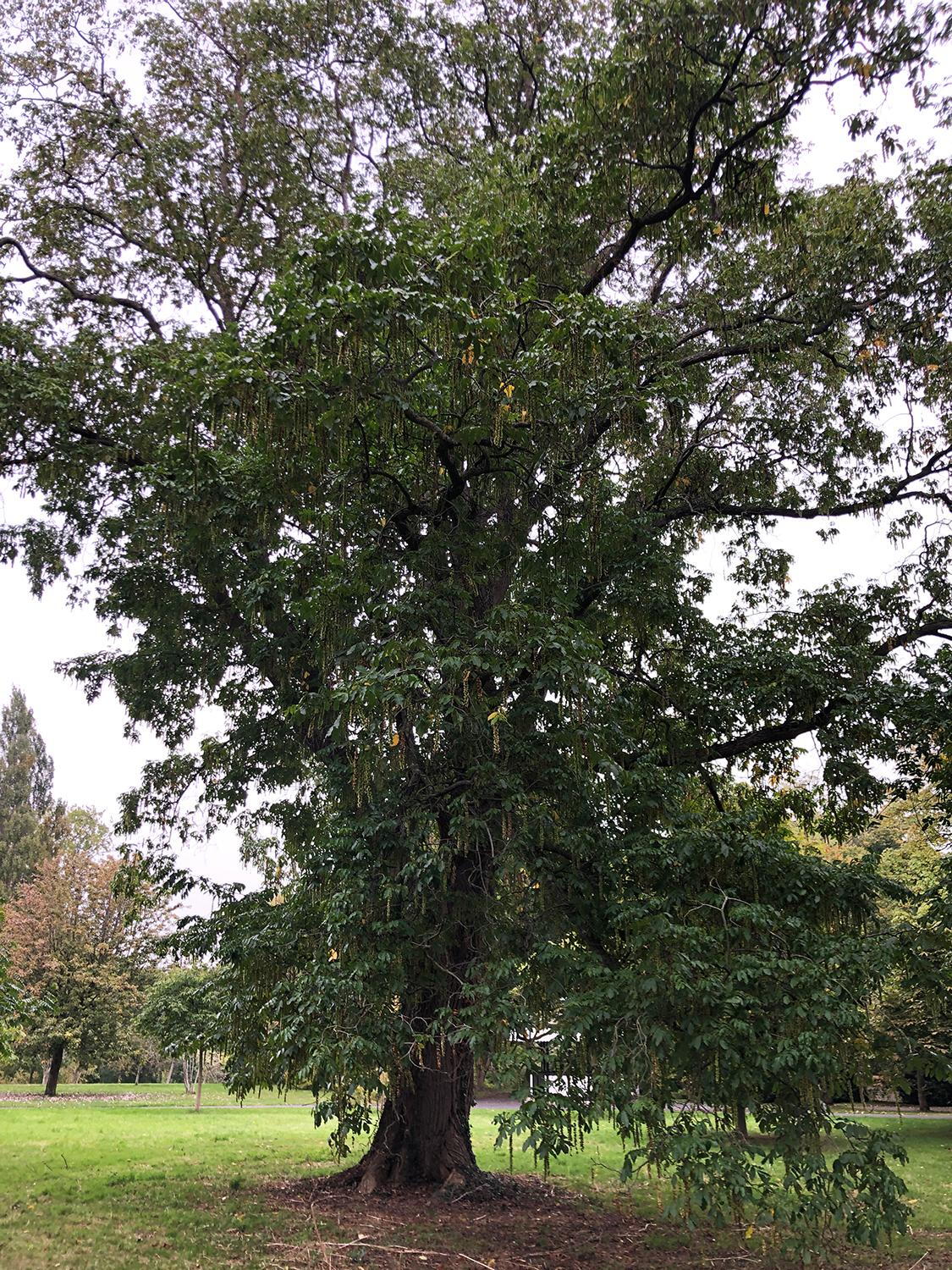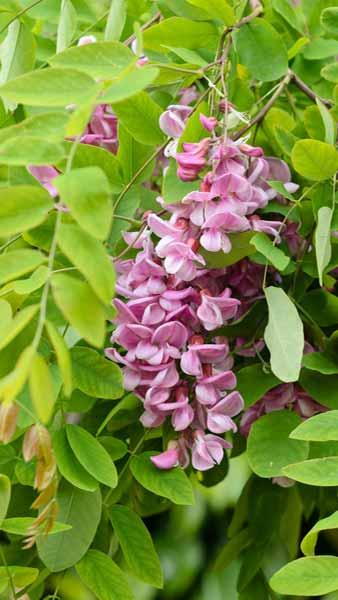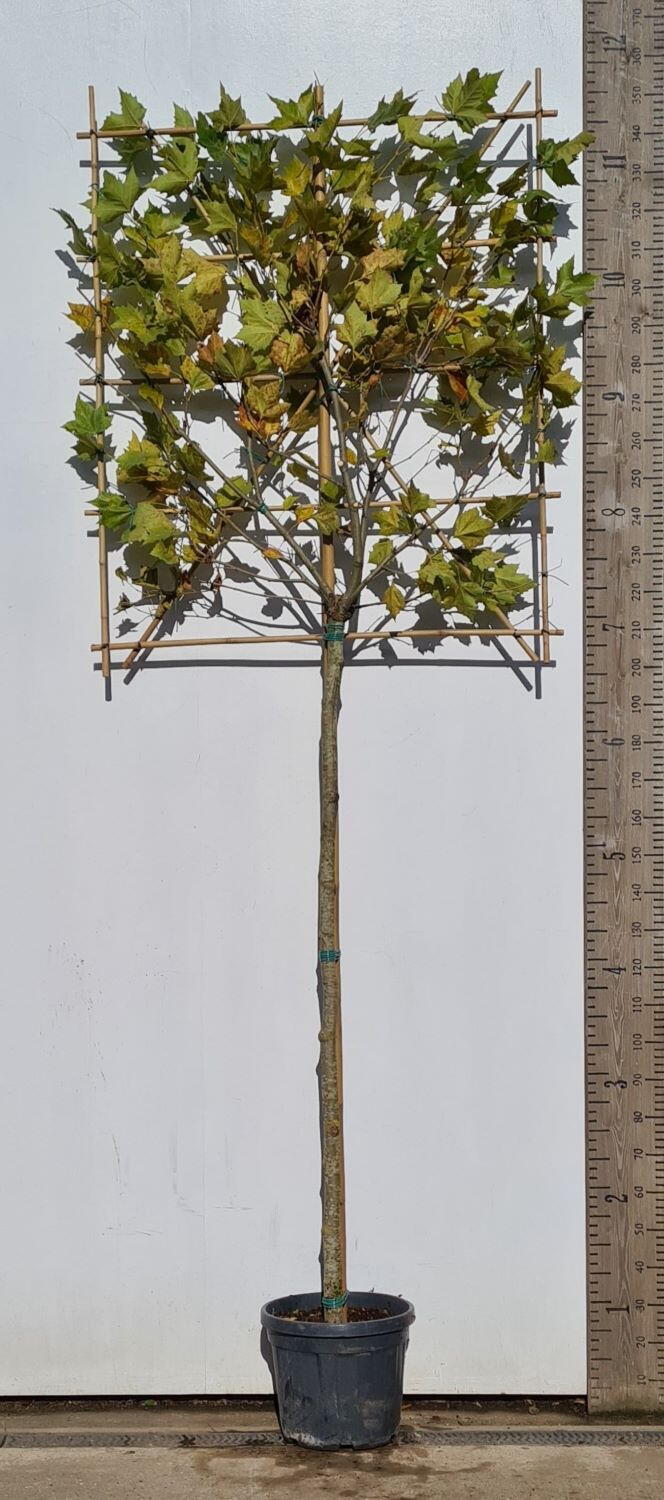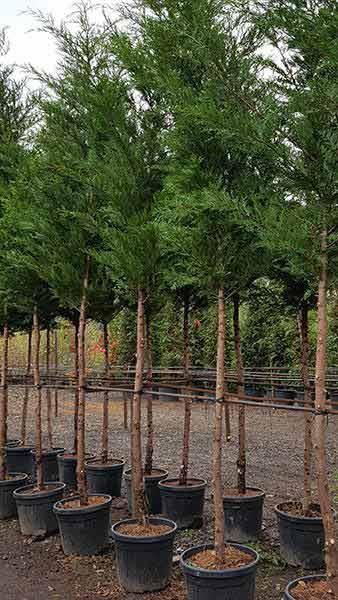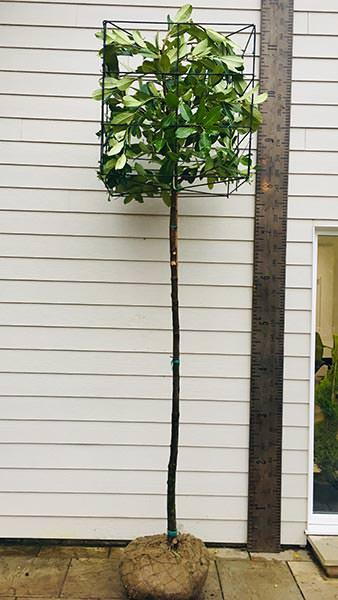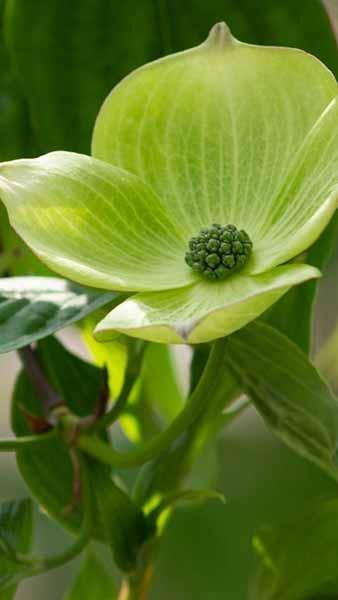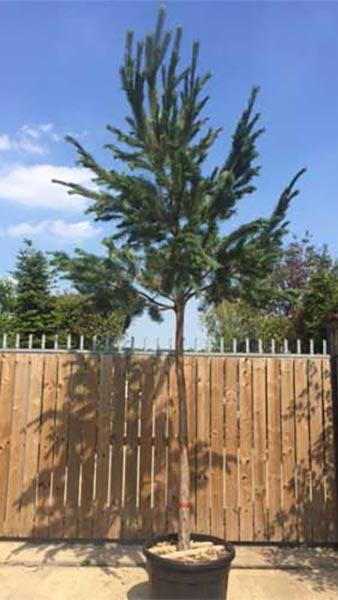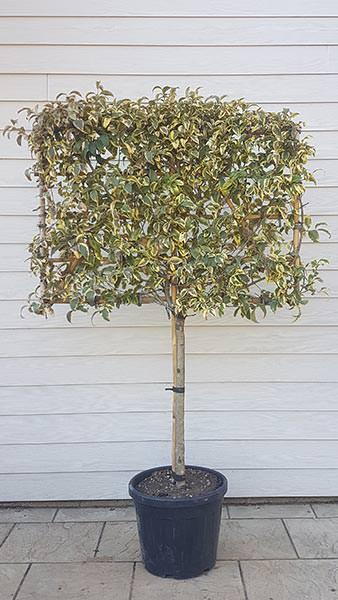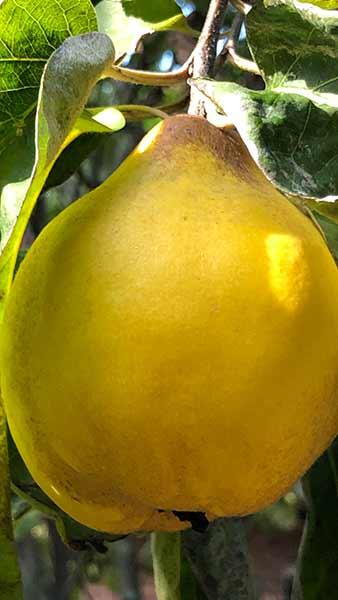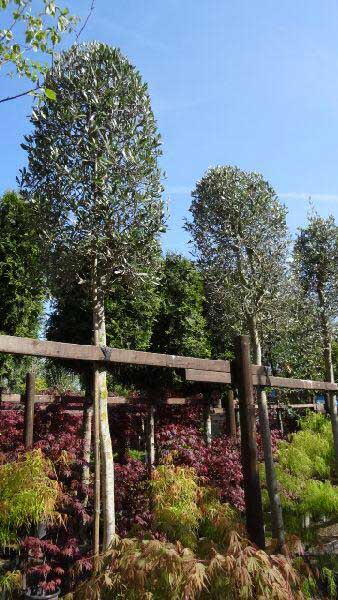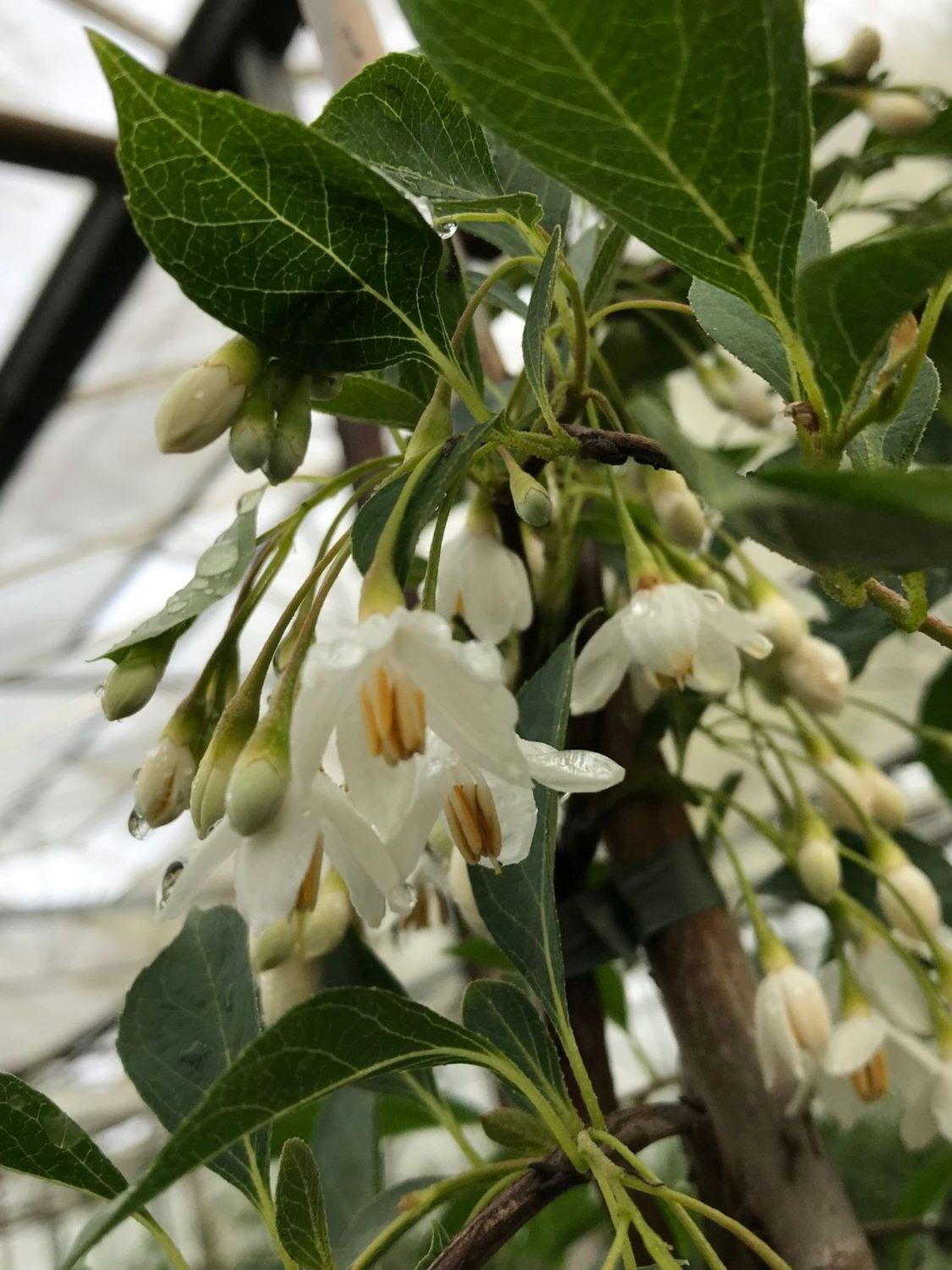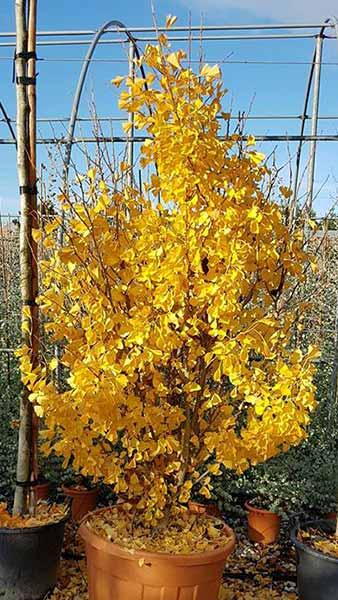Styrax japonicus Fragrant Fountain Japanese Snowbell Tree
Styrax japonicus Fragrant Fountain or Japanese Snowbell Fragrant FountainShowy and fragrant, Japanese Snowbell Fragrant Fountain is a weeping deciduous ornamental tree. Prized for its profusion of scented white blossoms and compact size, this extraordinary cultivar is an excellent choice for a specimen tree, both for large and small gardens.Unlike its close Styrax relatives, who sport a wide, spreading habit, Styrax japonicus Fragrant Fountain has elegant, pendulous branches. Its lush, deciduous foliage consists of glossy, leathery, dark green leaves that turn to rich hues of yellow and gold in the autumn. Even though this cultivar looks stunning throughout the seasons, it is at its best in the spring, when the flowering season starts. The large, bell-shaped, flowers are borne on drooping stems, their attractive appearance enhanced by long, pale gold stamens dangling from the centre. The blossoms are highly fragrant and have a pleasant, sweet scent.Easy to grow and to care for, Japanese Snowbell Fragrant Fountain thrives in partial shade and consistently moist, well-drained soil. It will tolerate a sunny spot in the garden, as well as sandy and clay soils. For best results, choose a sheltered location for planting, as cold, drying winds might damage the plant.Belonging to genus that is native to Asia, Styrax japonicus Fragrant Fountain can survive in areas where winter temperatures do not drop below -15 degrees, and is fully hardy in the United Kingdom. Exceptionally resilient, this variety is considered to be generally pest and disease free. Staying compact as it matures, this ornamental tree has a maximum height of 2 metres. Its size and slow growth rate make it an ideal tree for small gardens, as it does not take up too much space even when it is fully grown. When it comes to maintenance, Japanese Snowbell Fragrant Fountain will not require extensive pruning to stay in shape. Routine removal of dead, congested or damaged stems will keep the plant healthy and the habit tidy.With an elegant, weeping habit and a breath-taking display of blossoms in the spring, Styrax japonicus Fragrant Fountain creates an impressive effect in any landscape. Plant it in a mixed shrub border, where evergreen shrubs would serve as a perfect backdrop, or on its own, to be grown as a focus of interest in a garden. As it is suitable for growing in large containers, this eye-catching tree can be used to decorate patios or roof gardens.
